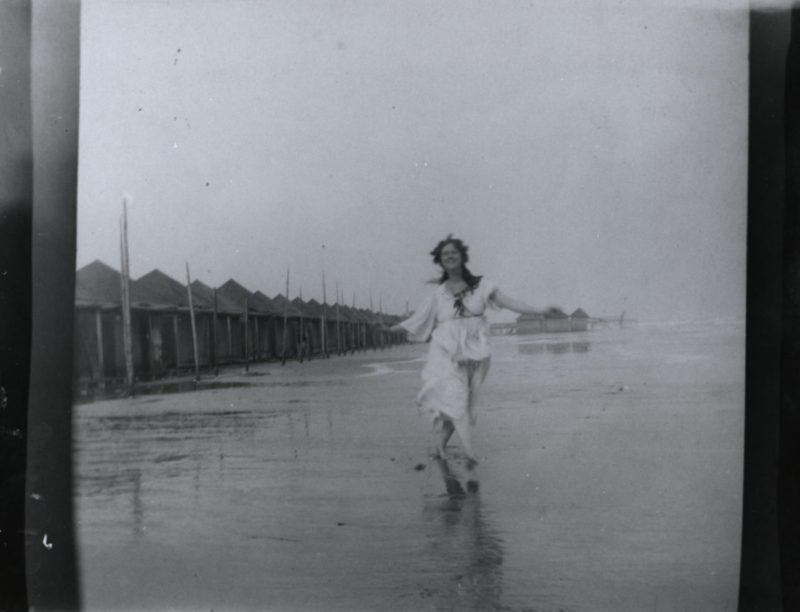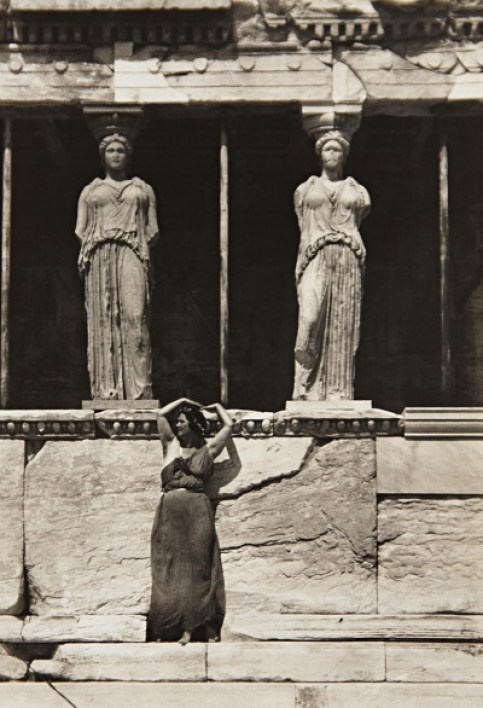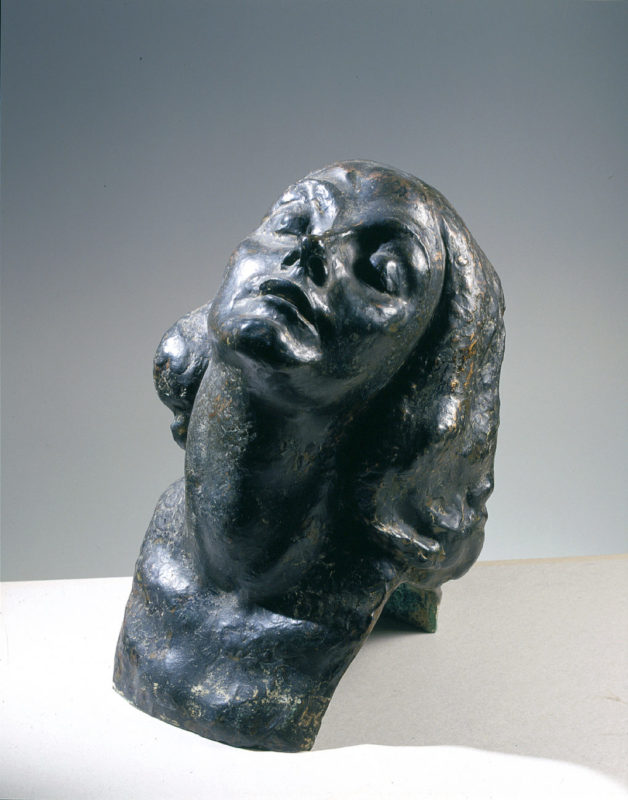DON’T MISS THE EXHIBITION ABOUT THE WOMAN WHO CHANGED FOREVER THE PERCEPTION OF FEMALE BODY: ISADORA DUNCAN
Text by: Danilo Radonjic

The things that come to mind when we say Isadora Duncan, are: passion, rebellion, the unbridled search for happiness and freedom, staggering and eternal love for art, unstoppable energy that succeeded in enchanting the world.

“The first idea came to me when I was a child and I stood to contemplate the reproduction of Botticelli’s Primavera, hanging on our shelf. I realized the wonderful movement that was in that painting and how every single figure told its story, through that movement, the story of its new life. Then, when my mother played Mendelssohn’s Spring Song, the daisies of the meadow swayed, as if they were moved by a light breeze, the figures of the painting moved and the three Graces, with their arms joined…”
– Duncan, Isadora, Lettere dalla danza, Firenze, La casa Usher, 1980, p.179

That’s how, Isadora Duncan, the famous dancer and one of the most seductive women of the time, recounts her thoughts, her feelings, in front of Botticelli’s Primavera: she was so impressed that she created a choreography inspired by the opera, where she was the one to interpret the figure of the painting, repeating and revising the gestures.

“The art of the old ballet turned its back on life and all the other arts and shut itself up in a narrow circle of traditions.
…
The older ballet developed the form of so-called “classical dancing”,
consciously preferring, to every other form, the artificial form of dancing on the
tip of the toes, with the feet turned out, in short bodies, with the figure tightly laced in stays, and with a strictly established system of steps, gestures and attitudes.
Miss Duncan rejected this kind of ballet and established an entirely opposite form of her own. She introduced natural dancing, in which the
body of the dancer was liberated not only from stays and satin slippers, but also from the dance-steps of the classical ballet. She founded her dancing on natural movements and on the most natural of all dance-forms-namely, the dance of the ancient Greeks.”
– From the letter written by Mikhail Fokine. The 6th of Jully 1914, to “The Times”


More than 170 pieces are exhibited: paintings, sculptures, photographs, documents. On occasion of the exhibition, visitors are also offered a varied program of initiatives, for audiences of various ages: educational proposals dedicated to children, shows – choreographic and musical interventions, guided tours.

“Dancing the Revolution Isadora Duncan and the figurative arts in Italy between the 19th century and avant-garde”
Mart
Rovereto, Trento, Italy
From October 19th, 2019 to March 1st, 2020


